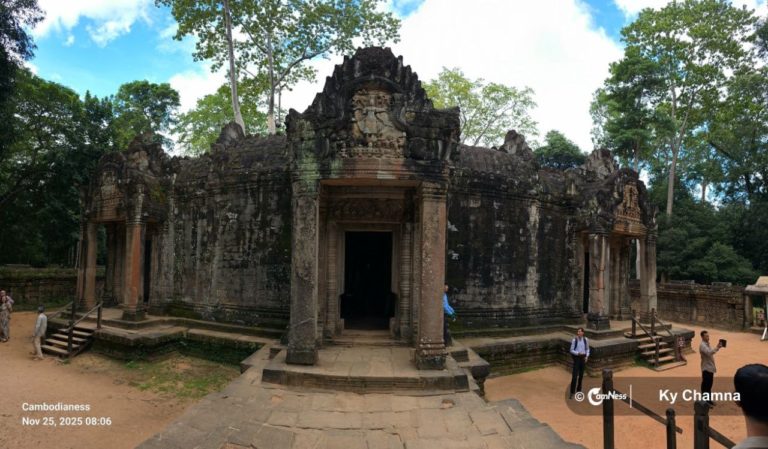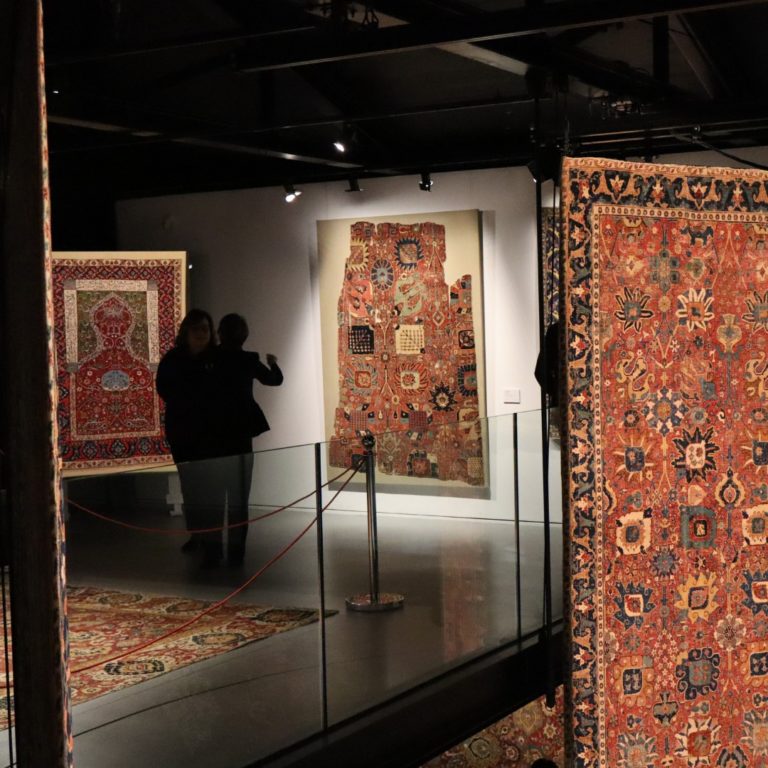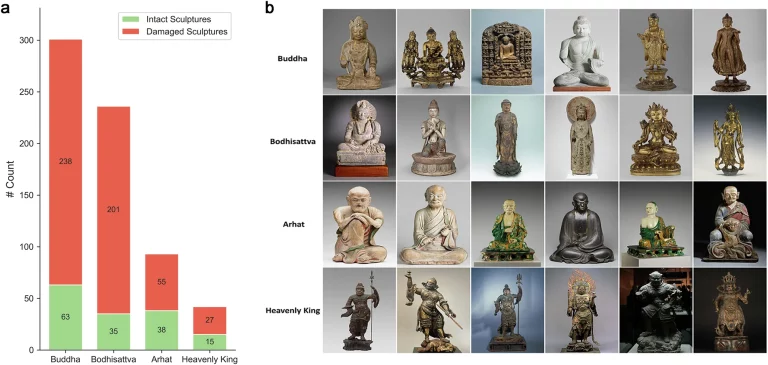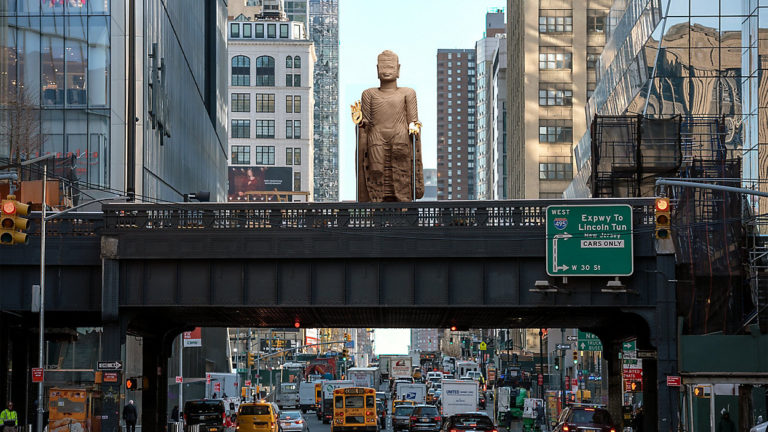A Shanghai lecturer is working with like-minded culture fans to research and replicate traditional Chinese outfits, bringing their beauty into the 21st century.
Like most Chinese, Chi Wenhui first learned the classic tale of The Emperor and the Assassin in her school textbook. It tells of the warrior Jing Ke’s failed assassination attempt on King Zheng — who later became Qin Shi Huang, the first emperor of China — some 2,000 years ago.
What most intrigued Chi, a lecturer at the East China University of Science and Technology in Shanghai, was the part in the story where Jing Ke is said to have ripped a sleeve from the shocked emperor’s robe. “How could this happen? Were his clothes of such poor quality?” Chi would wonder.
In the many reenactments of this incident in movies and TV dramas, the wannabe assassin is often shown cutting the fabric with a dagger. Yet, Chi was never satisfied with this idea. She began looking deeper and discovered through her research that nobles in ancient China traditionally wore a single layer of lightweight fabric, such as leno, over their robes. This, she believes, is the item of clothing Jing Ke likely ripped with his bare hands before meeting his own bloody demise.

Chi Wenhui at her Shanghai studio, 2024. Cao Bowen/Xinmin Evening News
Chi has long had a fascination with the traditional outfits of ancient China. Seventeen years ago, while still at university, she joined fellow enthusiasts from across the country in establishing a group called Chinese Historical Costume, which aims to rediscover and reproduce clothes and accessories from various time periods. In addition to running a workshop, its members publish specialist books and hold fashion shows. The group’s traditional costumes have featured in the annual Spring Festival Gala hosted by China Central Television, the state broadcaster, while its research has been shared worldwide.
During her academic studies, Chi developed a systematic and rigorous approach to exploring historical outfits. “The richness of these clothes is far beyond our imagination,” she says. “Many costumes have never been excavated intact, but we have a lot of fragments, images, statues, and documents that can help us understand them. Doing restoration work is like being a detective, and our investigations often yield surprises.”
In 2010, after spending several years connecting with like-minded individuals online, Chi helped establish a workshop in Shanghai, where she was pursuing a master’s degree at East China Normal University. The workshop involves 20 to 30 members from various professional backgrounds including fashion design, fine art, heritage restoration, and translation.
“Our reproductions are very comprehensive, as we aim to capture the authenticity of the costumes of the past dynasties in their original sizes and showcase them to the modern world,” says Chi, whose responsibility in the group is primarily cross-checking research using cultural relics and ancient documents. She uses a wide variety of sources, from excavated artifacts and fabrics to paintings, statues, and bamboo and silk writing materials.

A Northern Wei dynasty (386–534) lacquer screen painting (partial) from Sima Jinlong’s tomb, Shanxi Museum collection. Detail of one gown’s laminated triangular pieces is shown right. Courtesy of Chi Wenhui, edited by Sixth Tone.
For example, to understand the style of dress worn by imperial consorts and concubines in the Han (206 BC–220 AD) and Tang (618–907) dynasties, of which there are no detailed records or tangible artifacts, Chi and other group members spent three years scouring vast historical documents, literary works, and more than 500 kinds of unearthed relics for clues. “We eventually discovered that the gowns were complex structures made of laminated triangular pieces. When they walked in the gowns, the consorts and concubines must have felt like they were walking in the wind and snow, gorgeous and ethereal,” she says.
She feels that the Chinese Historical Costume team’s efforts to restore rare garments are highly significant. “We want to expand people’s imagination toward history and allow more people to see the diversity and beauty of ancient costumes,” she says. “We love exploring the evolution of costumes in the long river of history and finding the most classic and unique styles. Restoring and reproducing them expands the aesthetic value of Chinese costumes, and enriches the contemporary Chinese style of beauty.”

A reproduction of the type of robe worn by noblewomen in the Warring States period (475 BC–221 BC). From @裝束复原 on Weibo

A reproduction of a scholar’s robe from the Western Han dynasty (206 BC–AD 25). From @裝束复原 on Weibo

Reproductions of the attire worn by Dunhuang patrons in the Western Wei dynasty (535–556). From @裝束复原 on Weibo

Left: A reproduction of a Tang dynasty (618–907) woman’s attire; Right: A painted figurine of a woman in a bamboo hat riding a horse, from the Astana Cemetery, Xinjiang Museum collection. From @裝束复原 on Weibo

Left: A mural depicting noblewomen in the Five Dynasties period (907–960) from Cave 061 of the Mogao Grottoes; Right: A reproduction of the noblewomen’s clothing. From @裝束复原 on Weibo

A reproduction of a Northern Song (960–1127) outfit. From @裝束复原 on Weibo

Reproductions of early Ming (1368–1644) attire worn by women of the gentry. From @裝束复原 on Weibo

Left: Reproductions of the attire worn by Ming dynasty (1368–1644) maidservants; Right: “Ming Emperor Xianzong Enjoying Lantern Festival,” painted in 1485, National Museum of China collection. From @裝束复原 on Weibo
Reported by Cao Bowen.
A version of this article originally appeared in Xinmin Evening News. It has been translated and edited for brevity and clarity, and is republished here with permission.
Translator: Eunice Ouyang; editors: Wang Juyi and Hao Qibao.




